Year 6
The proficiency strands understanding, fluency, problem-solving and reasoning are an integral part of mathematics content across the three content strands: number and algebra, measurement and geometry, and statistics and probability. The proficiencies reinforce the significance of working mathematically within the content and describe how the content is explored or developed. They provide the language to build in the developmental aspects of the learning of mathematics. The achievement standards reflect the content and encompass the proficiencies.
At this year level:
- understanding includes describing properties of different sets of numbers, using fractions and decimals to describe probabilities, representing fractions and decimals in various ways and describing connections between them, and making reasonable estimations
- fluency includes representing integers on a number line, calculating simple percentages, using brackets appropriately, converting between fractions and decimals, using operations with fractions, decimals and percentages, measuring using metric units and interpreting timetables
- problem-solving includes formulating and solving authentic problems using fractions, decimals, percentages and measurements, interpreting secondary data displays and finding the size of unknown angles
- reasoning includes explaining mental strategies for performing calculations, describing results for continuing number sequences, explaining the transformation of one shape into another and explaining why the actual results of chance experiments may differ from expected results.
(source: www.australiancurriculum.edu.au)
Achievement Standard
By the end of Year 6, students recognise the properties of prime, composite, square and triangular numbers. They describe the use of integers in everyday contexts. They solve problems involving all four operations with whole numbers. Students connect fractions, decimals and percentages as different representations of the same number. They solve problems involving the addition and subtraction of related fractions. Students make connections between the powers of 10 and the multiplication and division of decimals. They describe rules used in sequences involving whole numbers, fractions and decimals. Students connect decimal representations to the metric system and choose appropriate units of measurement to perform a calculation. They make connections between capacity and volume. They solve problems involving length and area. They interpret timetables. Students describe combinations of transformations. They solve problems using the properties of angles. Students compare observed and expected frequencies. They interpret and compare a variety of data displays including those displays for two categorical variables. They interpret secondary data displayed in the media.
Students locate fractions and integers on a number line. They calculate a simple fraction of a quantity. They add, subtract and multiply decimals and divide decimals where the result is rational. Students calculate common percentage discounts on sale items. They write correct number sentences using brackets and order of operations. Students locate an ordered pair in any one of the four quadrants on the Cartesian plane. They construct simple prisms and pyramids. Students describe probabilities using simple fractions, decimals and percentages.
(source: www.australiancurriculum.edu.au)
- Plus Plan
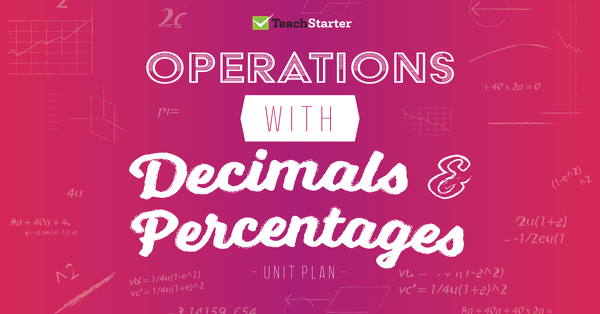
Multiplying and Dividing by Powers of 10
A 60 minute lesson in which students will multiply and divide decimals by powers of 10.
- Plus Plan

The Missing Mona Lisa – Chapter 6: Evidence and Opportunity
The Adventure Agents will begin bringing all the information from the witnesses and evidence together to start forming a picture of what happened on the night the Mona Lisa was stolen.
- Plus Plan
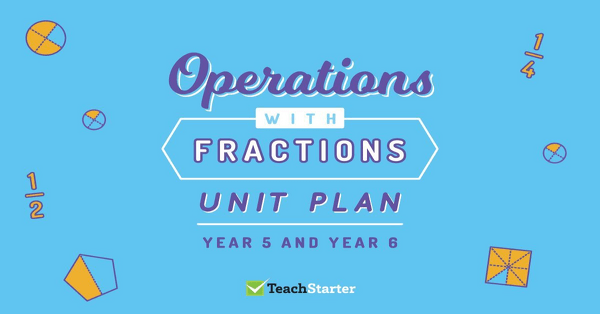
Fractions Investigation - Renovate with a Rug (3)
A 60 minute lesson in which students will apply knowledge and understanding of fractions to a real-world context.
- Plus Plan
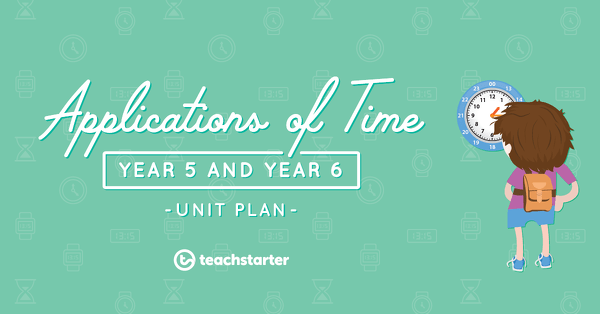
Developing Timetables
A 60 minute lesson in which students will develop a timetable of daily activities.
- Plus Plan
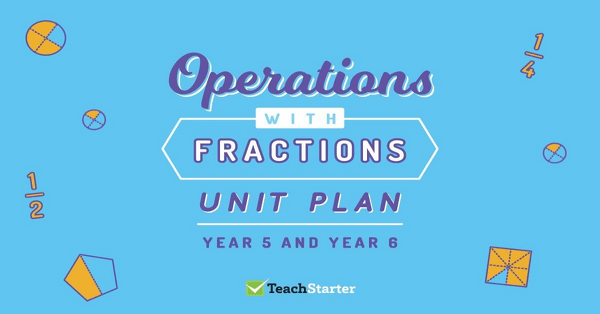
Adding and Subtracting Related Fractions
A 60 minute lesson in which students will add and subtract fractions with related denominators.
- Plus Plan
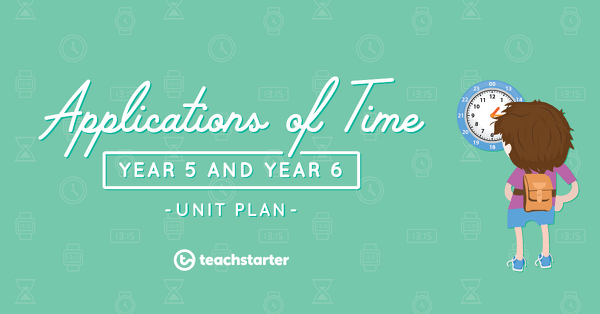
12- and 24-Hour Time
A 60 minute lesson in which students will understand the relationship between 12- and 24-hour time systems.
- Plus Plan
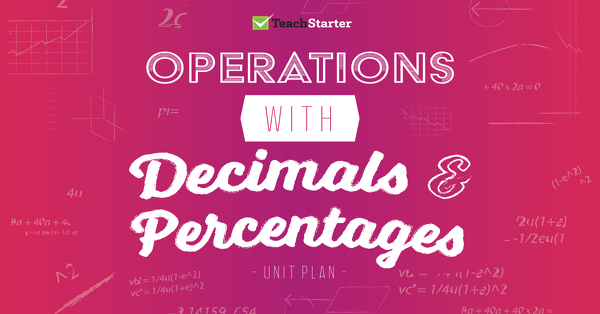
Maths Investigation - Prepare to Party (2)
A 60 minute lesson in which students will apply knowledge of decimals and percentages to a real-world context.
- Plus Plan

Multiplying Decimals by Whole Numbers
A 60 minute lesson in which students will multiply decimals by whole numbers.
- Plus Plan
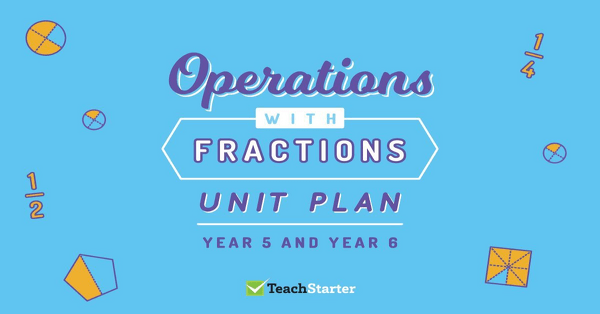
Operations with Fractions Assessment - Year 5 and Year 6
An assessment task in which students will demonstrate an understanding of operations involving fractions.
- Plus Plan
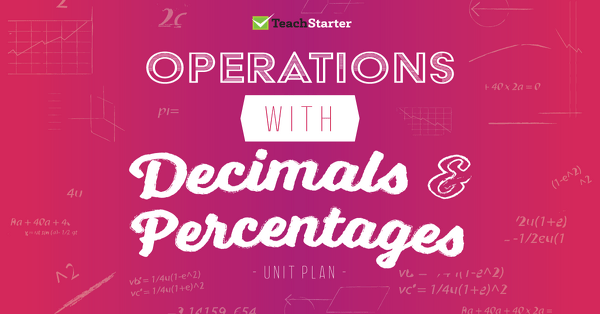
Maths Investigation - Prepare to Party (3)
A 60 minute lesson in which students will apply knowledge of decimals and percentages to a real-world context.
- Plus Plan
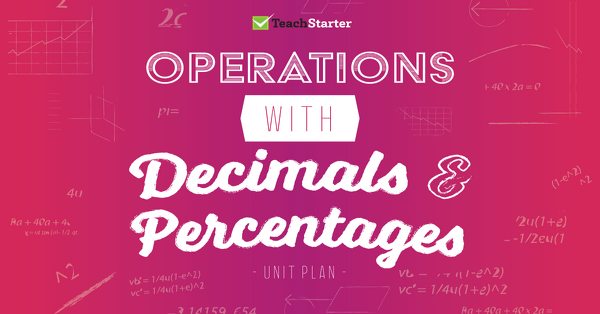
Adding and Subtracting Decimals
A 60 minute lesson in which students will add and subtract decimals.
- Plus Plan
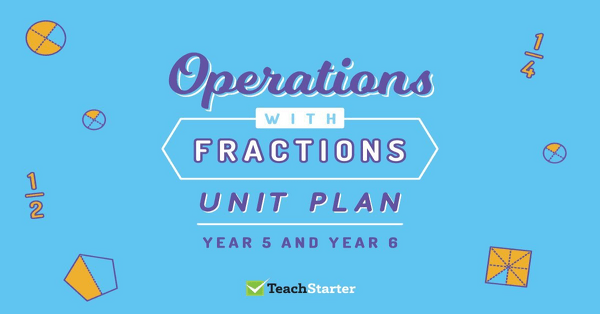
Fractions Investigation - Renovate with a Rug (2)
A 60 minute lesson in which students will apply knowledge and understanding of fractions to a real-world context.
- Plus Plan

Fractions Investigation - Renovate with a Rug (1)
A 60 minute lesson in which students will apply knowledge and understanding of fractions to a real-world context.
- Plus Plan
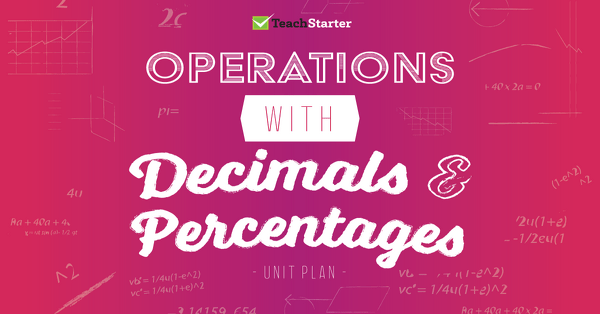
Dividing Decimals by Whole Numbers
A 60 minute lesson in which students will divide decimals by whole numbers.